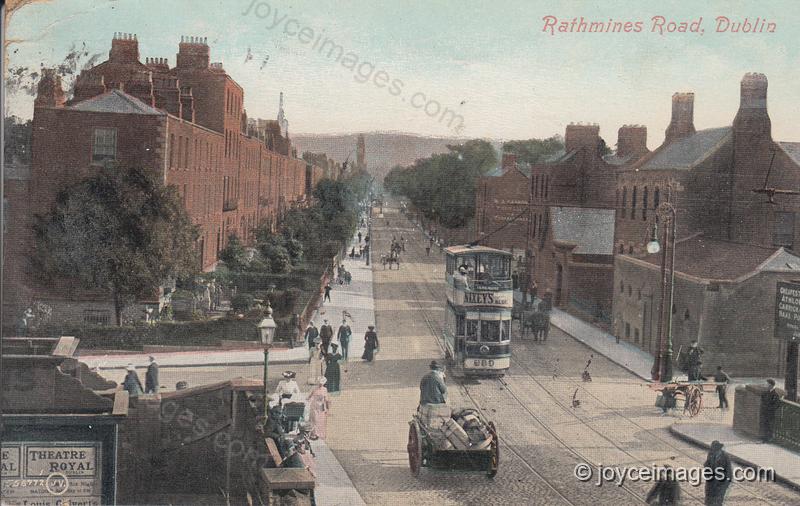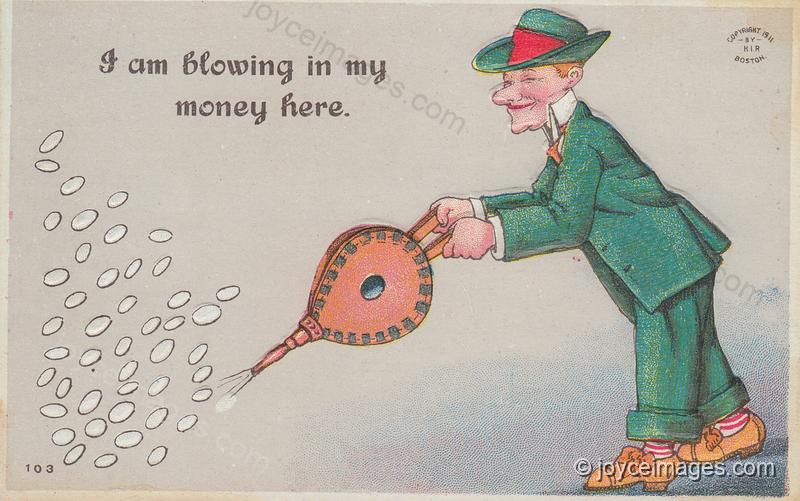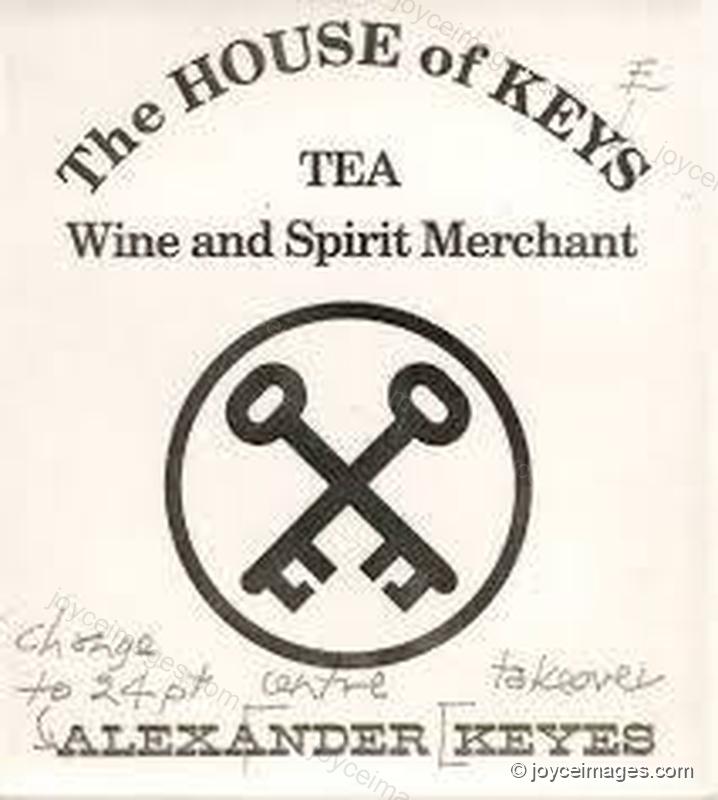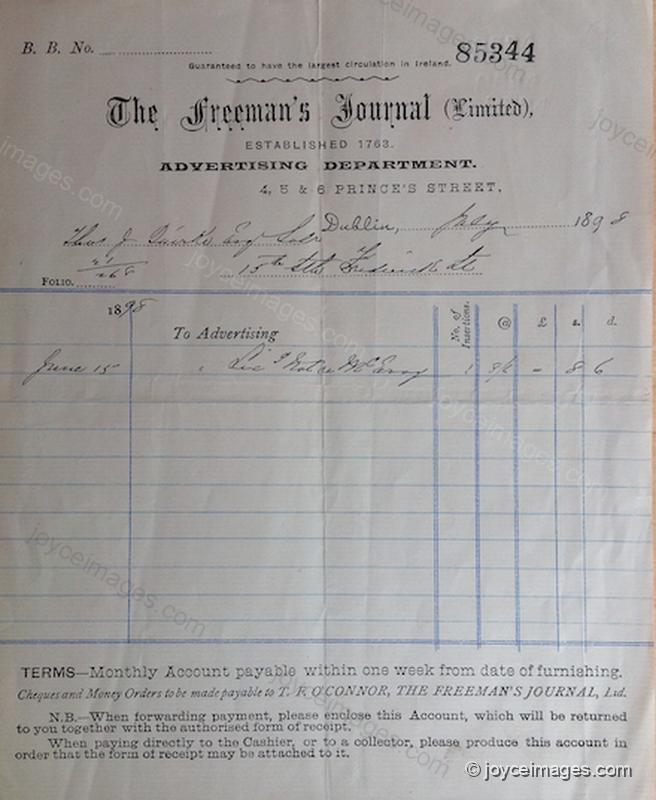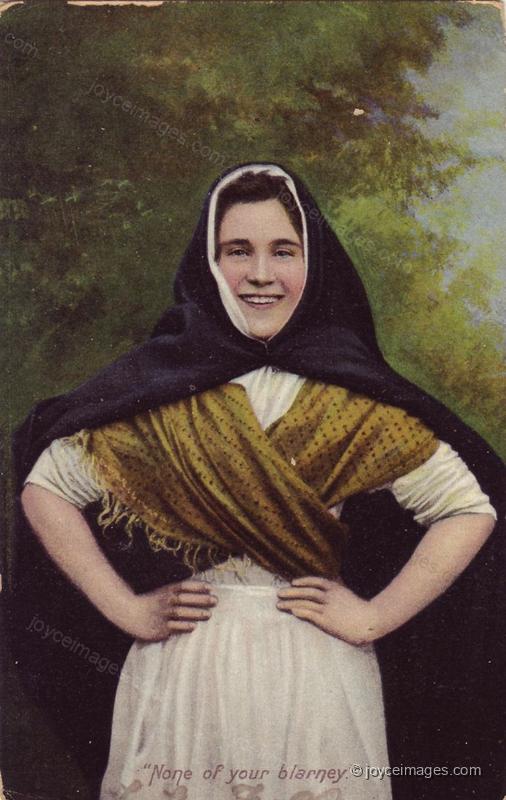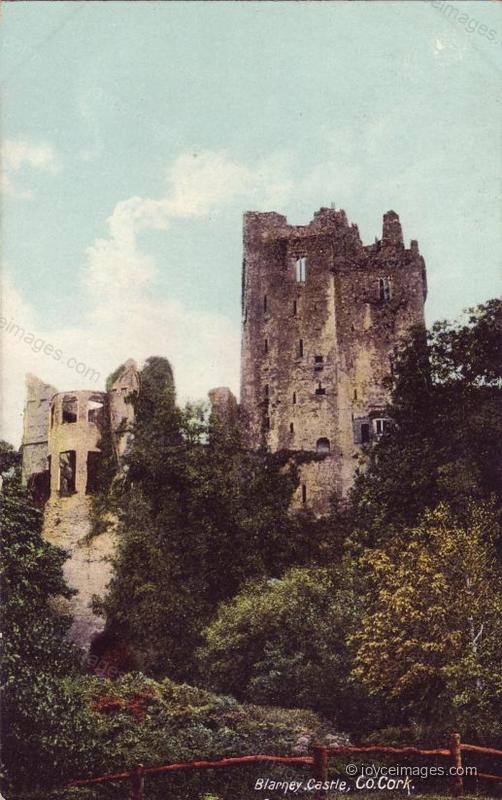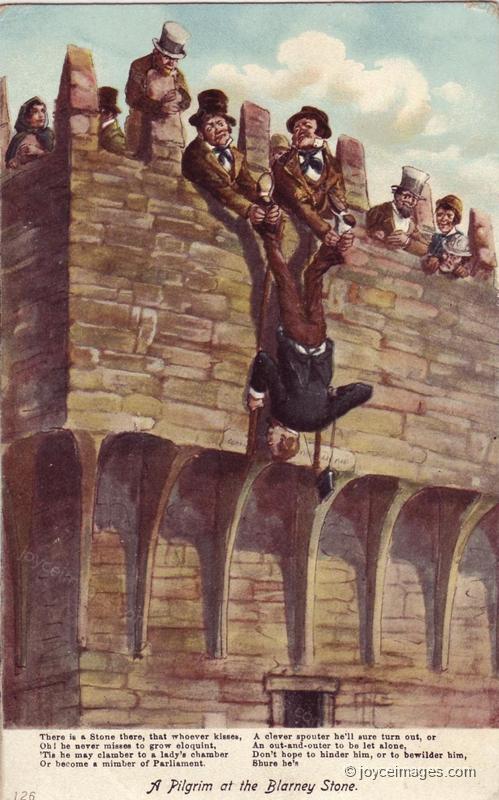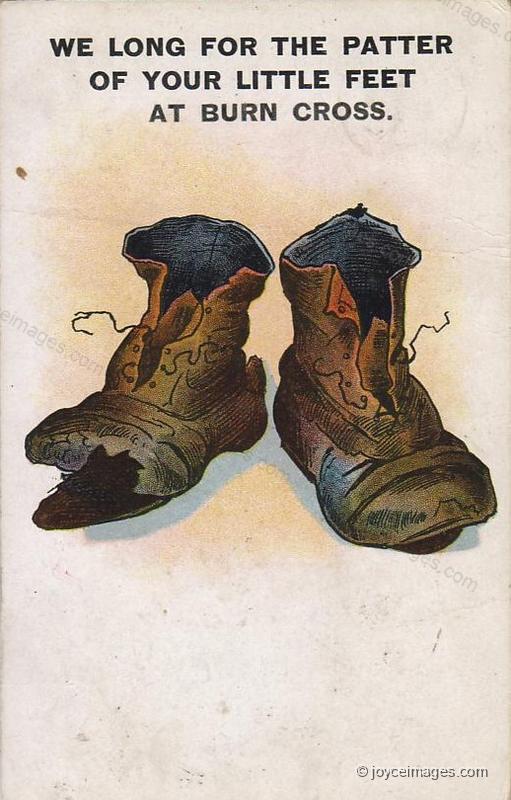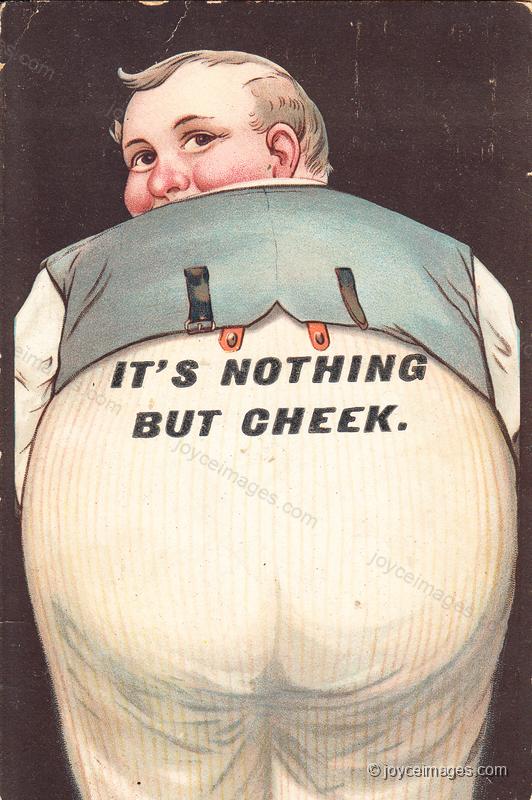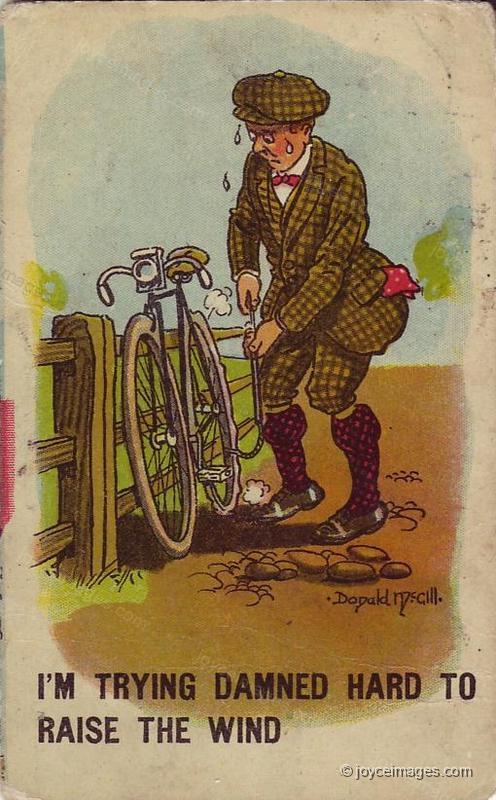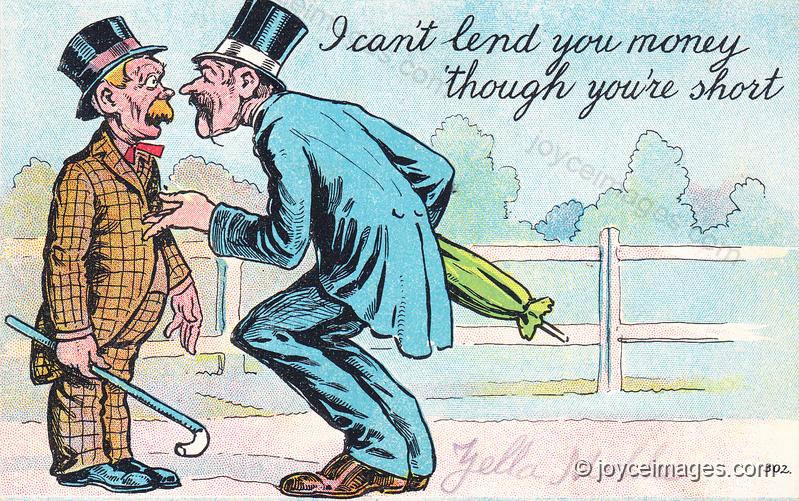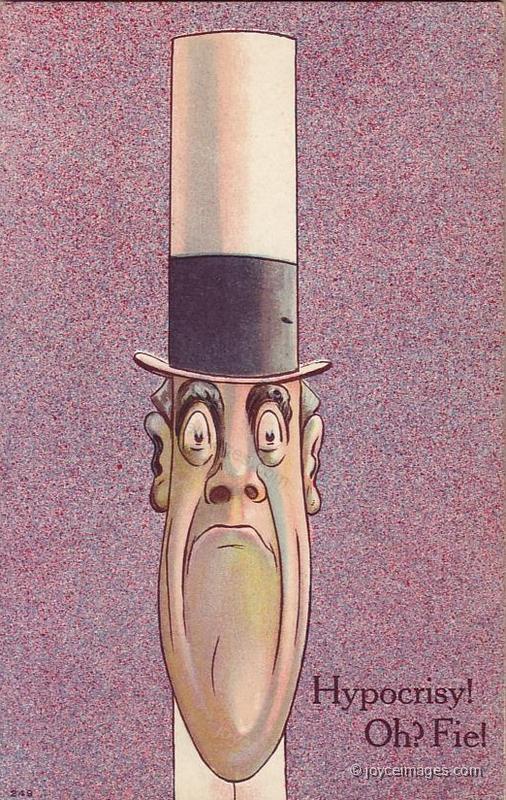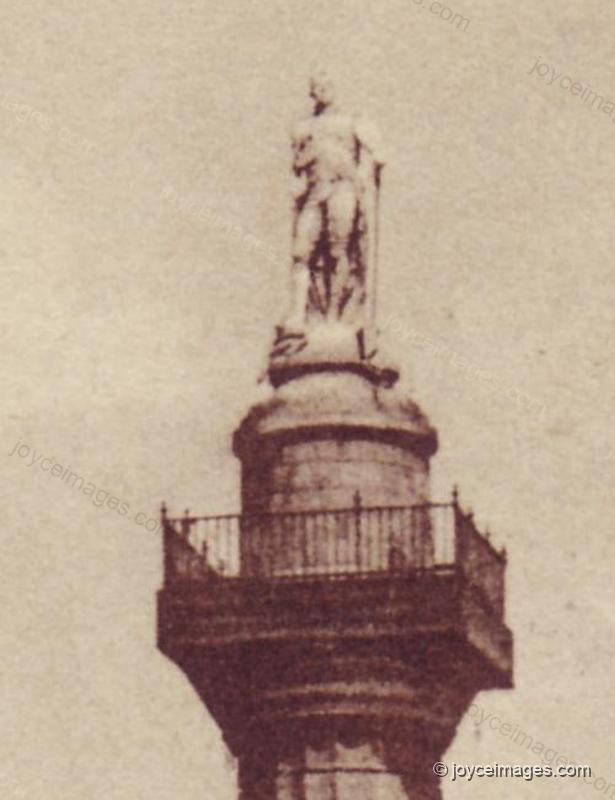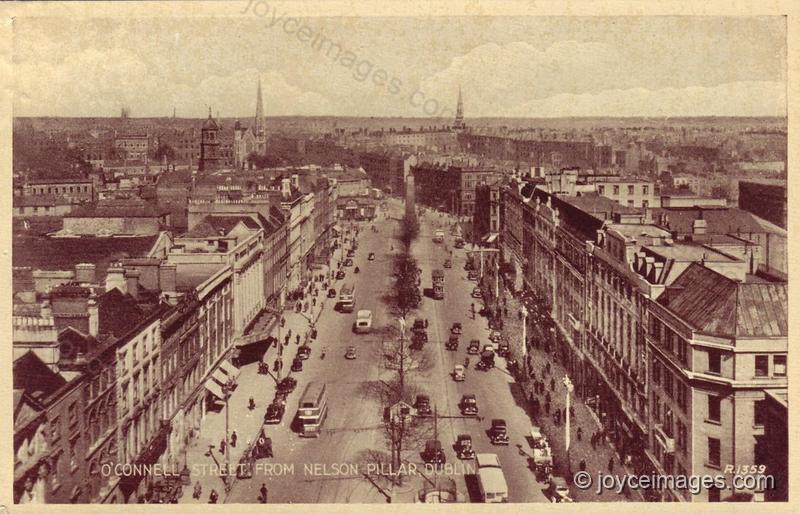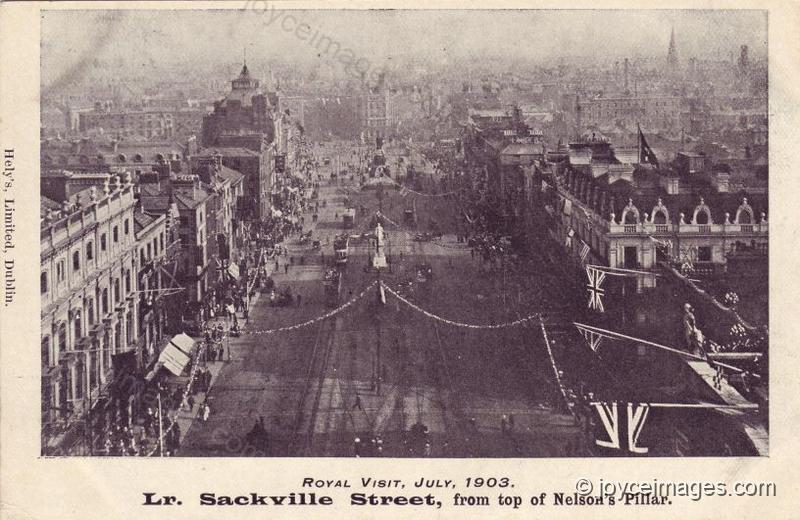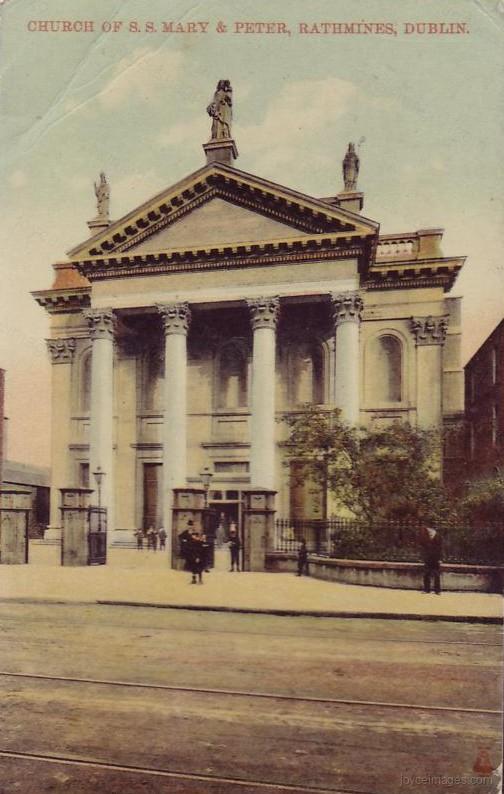"INTERVIEW WITH THE EDITOR
— Just this ad, Mr Bloom said, pushing through towards the steps, puffing, and taking the cutting from his pocket. I spoke with Mr Keyes just now. He'll give a renewal for two months, he says. After he'll see. But he wants a par to call attention in the Telegraph too, the Saturday pink. And he wants it copied if it's not too late I told councillor Nannetti from the Kilkenny People. I can have access to it in the national library. House of keys, don't you see? His name is Keyes. It's a play on the name. " (U7.970)
— Just this ad, Mr Bloom said, pushing through towards the steps, puffing, and taking the cutting from his pocket. I spoke with Mr Keyes just now. He'll give a renewal for two months, he says. After he'll see. But he wants a par to call attention in the Telegraph too, the Saturday pink. And he wants it copied if it's not too late I told councillor Nannetti from the Kilkenny People. I can have access to it in the national library. House of keys, don't you see? His name is Keyes. It's a play on the name. " (U7.970)
"But he practically promised he'd give the renewal. But he wants just a little puff. What will I tell him, Mr Crawford?
K. M. A.
— Will you tell him he can kiss my arse? Myles Crawford said throwing out his arm for emphasis. Tell him that straight from the stable.
A bit nervy. Look out for squalls. All off for a drink. Arm in arm. Lenehan's yachting cap on the cadge beyond." ([U7.977])
[Image courtesy of Tim & Christine O'Neill]
K. M. A.
— Will you tell him he can kiss my arse? Myles Crawford said throwing out his arm for emphasis. Tell him that straight from the stable.
A bit nervy. Look out for squalls. All off for a drink. Arm in arm. Lenehan's yachting cap on the cadge beyond." ([U7.977])
[Image courtesy of Tim & Christine O'Neill]
"Usual blarney." (U7.984)
Blarney means deceptive nonsense, or smooth flattering talk. Blarney is a village in S. Ireland near Cork.
Blarney means deceptive nonsense, or smooth flattering talk. Blarney is a village in S. Ireland near Cork.
Kissing the Blarney stone is said to impart powers of eloquence and persuasion. It is a favourite tourist activity!
"Wonder is that young Dedalus the moving spirit. Has a good pair of boots on him today. Last time I saw him he had his heels on view. Been walking in muck somewhere. Careless chap. What was he doing in Irishtown?
—Well, Mr Bloom said, his eyes returning, if I can get the design I suppose it's worth a short par. He'd give the ad, I think. I'll tell him..." (U7.984)
—Well, Mr Bloom said, his eyes returning, if I can get the design I suppose it's worth a short par. He'd give the ad, I think. I'll tell him..." (U7.984)
"K. M. R. I. A.
— He can kiss my royal Irish arse, Myles Crawford cried loudly over his shoulder. Any time he likes, tell him.
While Mr Bloom stood weighing the point and about to smile he strode on jerkily." (U7.990)
K. M. R. I. A. = Knighted Member of the Royal Irish Academy
— He can kiss my royal Irish arse, Myles Crawford cried loudly over his shoulder. Any time he likes, tell him.
While Mr Bloom stood weighing the point and about to smile he strode on jerkily." (U7.990)
K. M. R. I. A. = Knighted Member of the Royal Irish Academy
"RAISING THE WIND
- Nulla bona, Jack, he said, raising his hand to his chin. I'm up to here. I've been through the hoop myself. I was looking for a fellow to back a bill for me no later than last week." (U7.995)
- Nulla bona, Jack, he said, raising his hand to his chin. I'm up to here. I've been through the hoop myself. I was looking for a fellow to back a bill for me no later than last week." (U7.995)
"Sorry, Jack. You must take the will for the deed. With a heart and a half if I could raise the wind anyhow." (U7.998)
"J.J. O'Molloy pulled a long face and walked on silently. They caught up on the others and walked abreast." (U7.1000)
"-When they have eaten the brawn and the bread and wiped their twenty fingers in the paper the bread was wrapped in, they go nearer to the railings." (U7.1002)
From a Dublin guide (1895): "No stranger should fail to ascend Nelson's Pillar, as from its summit, which is securely railed through, a map-like view of the surrounding city and delightful panorama of the neighbouring country may be obtained. To the north, in clear weather, the Carlingford and Mourne mountains, in the county of Down, are distinctly visible; to the east is Dublin Bay; to the south, Killiney and the Wicklow mountains, extending far into the distance; and to the west are the Dublin hills, with their beautiful wooded bases stretching towards the rich plains of Meath and Kildare."
From a Dublin guide (1895): "No stranger should fail to ascend Nelson's Pillar, as from its summit, which is securely railed through, a map-like view of the surrounding city and delightful panorama of the neighbouring country may be obtained. To the north, in clear weather, the Carlingford and Mourne mountains, in the county of Down, are distinctly visible; to the east is Dublin Bay; to the south, Killiney and the Wicklow mountains, extending far into the distance; and to the west are the Dublin hills, with their beautiful wooded bases stretching towards the rich plains of Meath and Kildare."
"- Something for you, the professor explained to Myles Crawford. Two old Dublin women on the top of Nelson's pillar.
SOME COLUMN! - THAT'S WHAT WADDLER ONE SAID
A PC showing the view from the top of Nelson's pillar (1920s), looking towards Upper Sackville street.
SOME COLUMN! - THAT'S WHAT WADDLER ONE SAID
A PC showing the view from the top of Nelson's pillar (1920s), looking towards Upper Sackville street.
- But they are afraid the pillar will fall, Stephen went on. They see the roofs and argue about where the different churches are:" (U7.1004)
A PC published by Hely's showing the view from the top of Nelson's pillar (1903), looking towards Lower Sackville street. We can see the statues of Sir John Gray and O'Connell. This photo was taken during the Royal Visit to Dublin in July 1903, the city lavishly decorated for the occasion.
A PC published by Hely's showing the view from the top of Nelson's pillar (1903), looking towards Lower Sackville street. We can see the statues of Sir John Gray and O'Connell. This photo was taken during the Royal Visit to Dublin in July 1903, the city lavishly decorated for the occasion.
